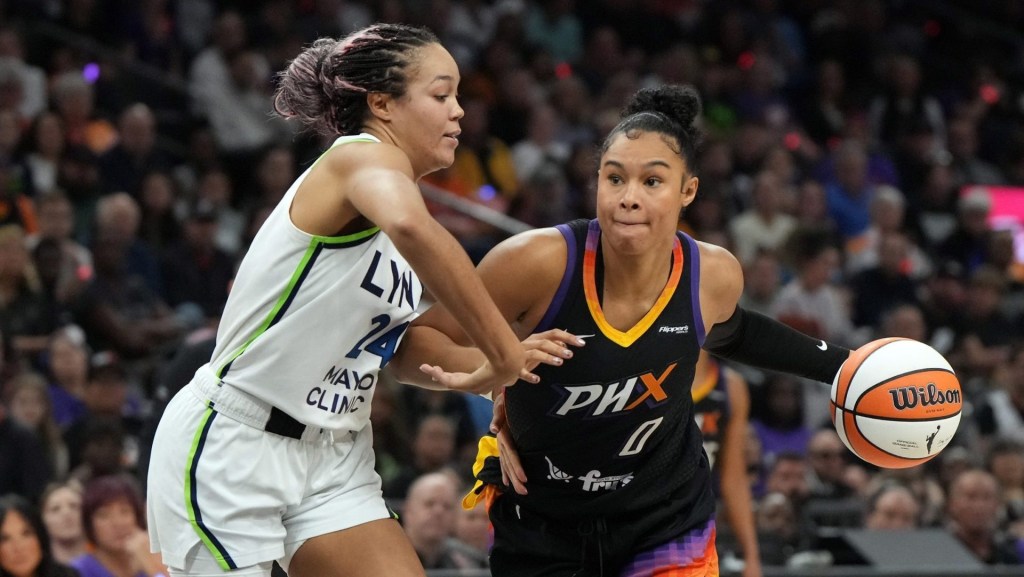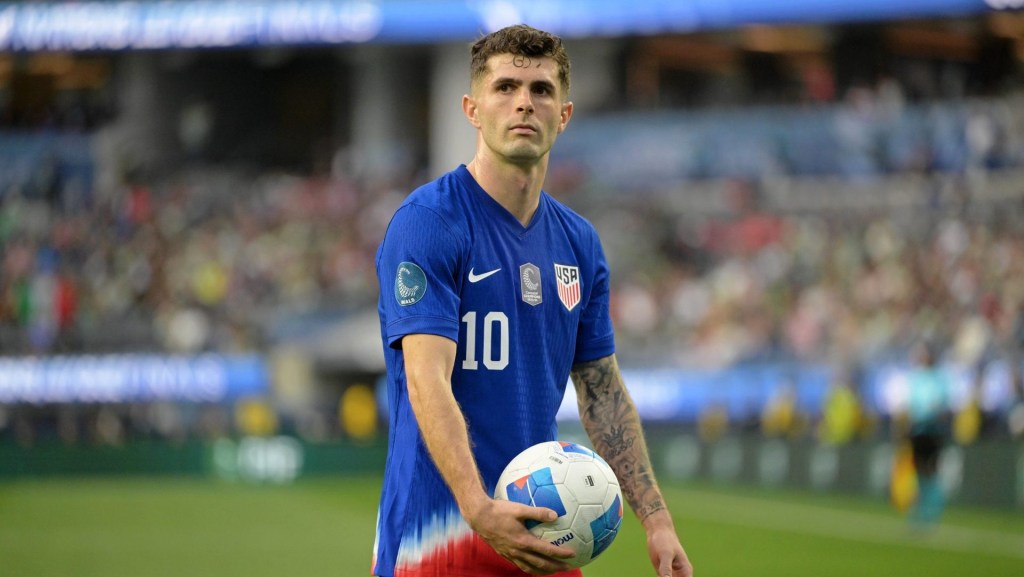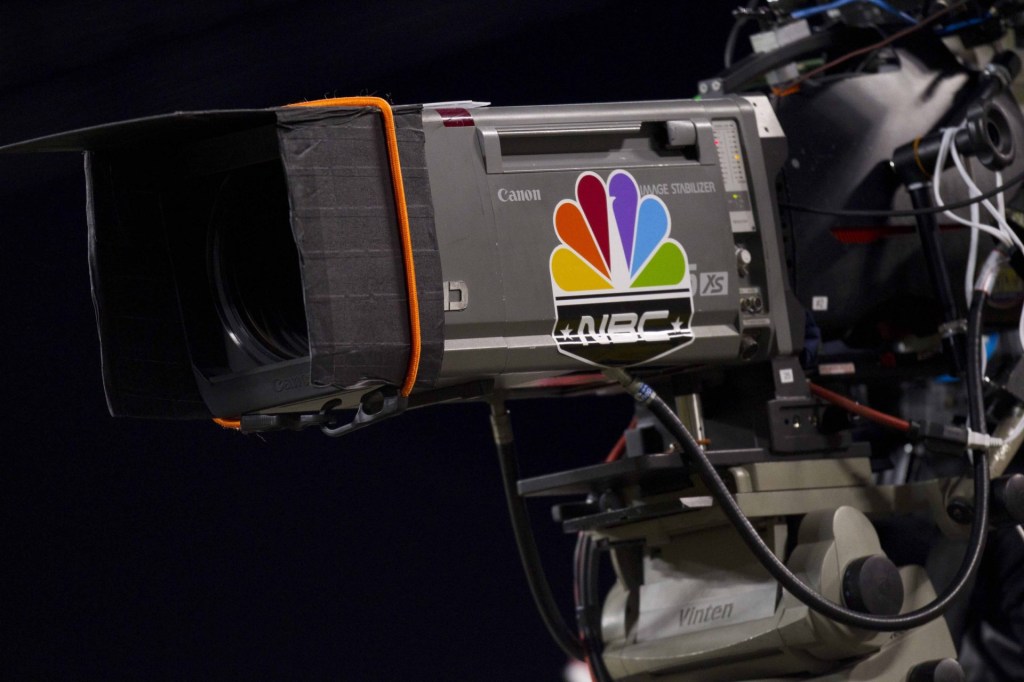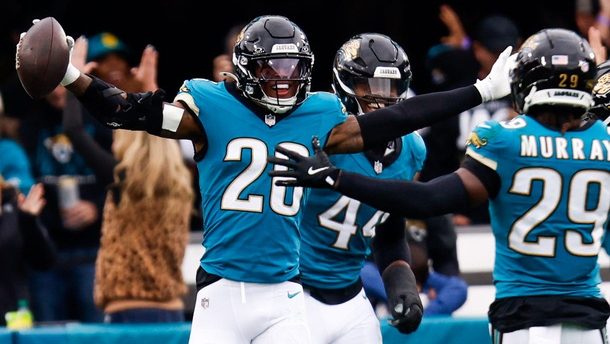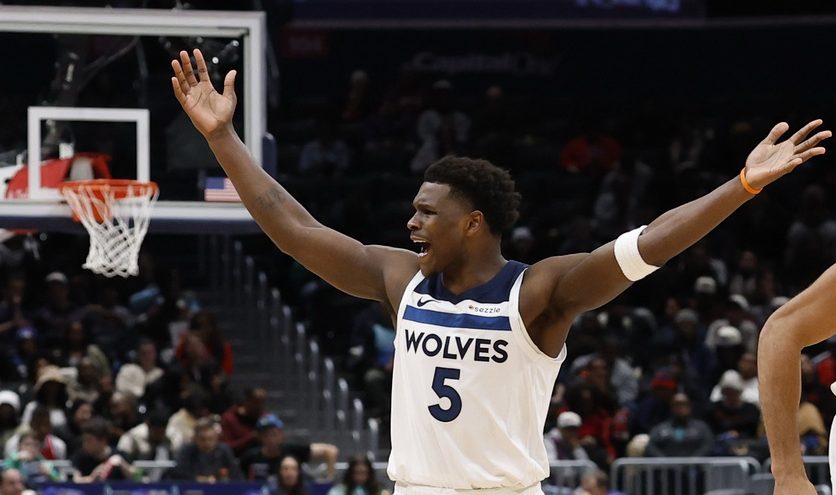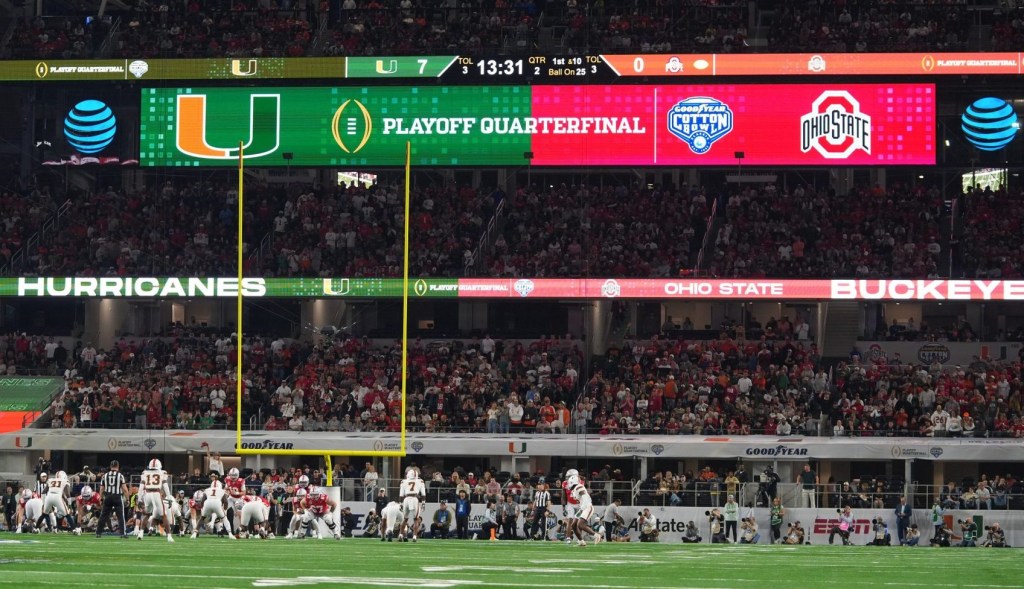Disney CEO Bob Iger said the company is in discussion with “a number of different entities” on an ESPN equity partnership — one of the most anticipated deals in all of sports media.
As the company reported its fiscal fourth-quarter earnings, Iger said negotiations are continuing with multiple entities on potential pacts that would aid Disney in offering a full direct-to-consumer version of ESPN.
“There’s significant interest out there. There are obviously complexities to it, but not hurdles that are so high that we can’t jump over them,” Iger said in an earnings call. “We’re continuing to explore it, and I would imagine we’ll have more to say about this in the coming months.”
That equity discussion, initiated this past summer, has involved several major pro leagues, Amazon, and Verizon, among others, and is increasingly focusing on the NFL and NBA.
Disney’s “inevitable” plan to offer that DTC version of ESPN also remains on track, with a target debut date of 2025.
“Our plan is to have a soft landing, which is continuing to make ESPN available as part of the [cable] bundle … and at the same time on a true a-la-carte basis, serving the consumer in both a traditional way and in a new way,” Iger said.
Bristol Results
Core financial results at ESPN showed broad-based growth during the quarter, which coincided with the start of pro and college football seasons.
Overall sports revenue for Disney — a key part of its new reporting structure — was flat at $3.9 billion, but operating income rose 14%, due in part to lower programming, production, and marketing costs. Those results were part of two straight years of growth in domestic ESPN revenue and operating income.
ESPN+ subscriptions, which dropped for the first time in Disney’s fiscal third quarter, resumed their growth pattern in the latest period, rising from 25.2 million to 26 million, though average monthly revenue per user dipped for a second straight quarter to $5.34.
The figures highlighted a more optimistic quarter for Disney in which revenue grew 5% to $21.2 billion, operating income rose 86% to nearly $3 billion, and overall direct-to-consumer losses decreased 74% from $1.48 billion in the same quarter a year ago to $387 million.
“While we still have work to do, these efforts have allowed us to move beyond this period of fixing and begin building our businesses again,” Iger said.


